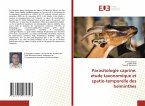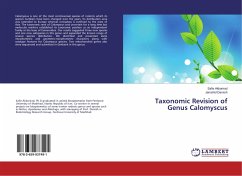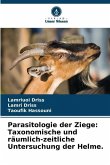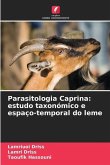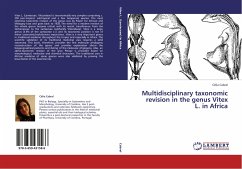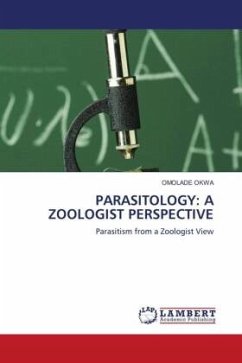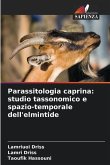The gastrointestinal parasites of goats (Oriental Morocco) were the subject of an epidemiological survey and monitoring of the dynamics of the parasite population, a workforce of 120 individuals from December 1, 2009 to November 20, 2010 was studied. This study showed a very frequent polyparasitism, the calculation of prevalence shows that 91 hosts host more than one species of parasite, or 75.83% with a high rate of infestation (79%) of the population studied. The parasite micro-specificity is remarkable; in the abomasum, we noted the presence of Haemonchus contortus (19.16%) and Teladorsagia circumcincta (48.33%). The small intestine hosts Trichostrongylus colubriformis (52.50%) and Nematodirus spathiger(18.33%). The large intestine hosts Skrjabinema ovis (42.50%) and Trichuris ovis(23.33%). The average parasite intensity values of Haemonchus contortus (63), Nematodirus spathiger (62.37) and Skrjabinema ovis (51.50) are average (50 < Im < 100), peaking in female hosts (12.35 to62.37) and decreasing slightly in males (10.09 to 41.66) except for Haemonchus contortus.


